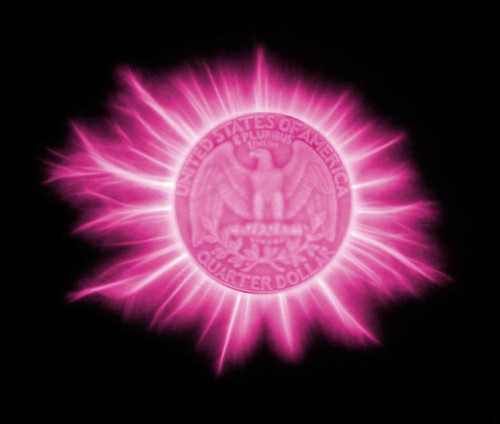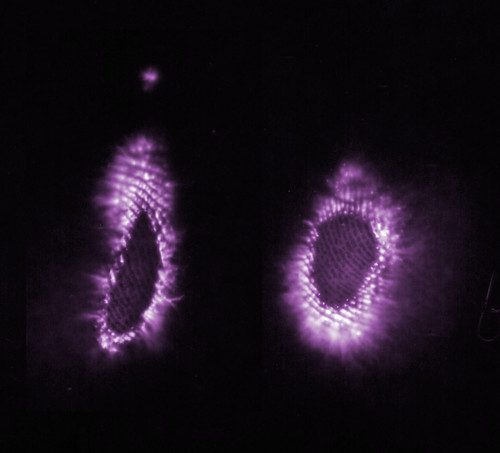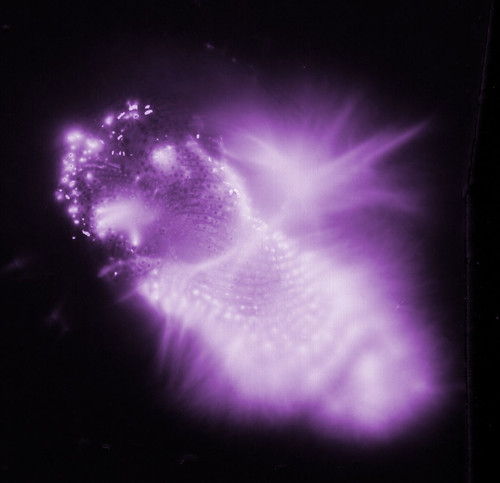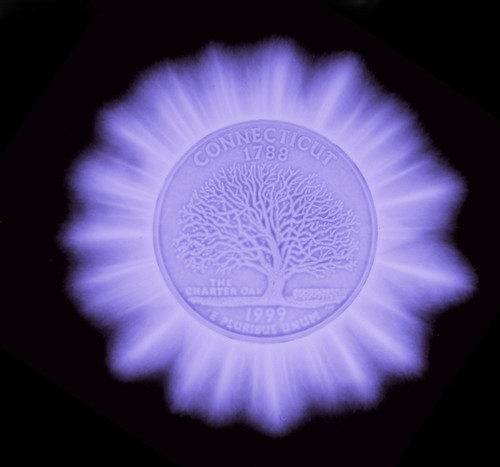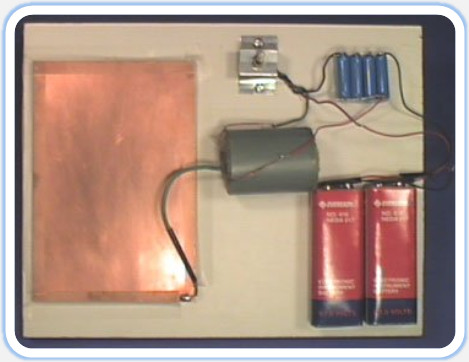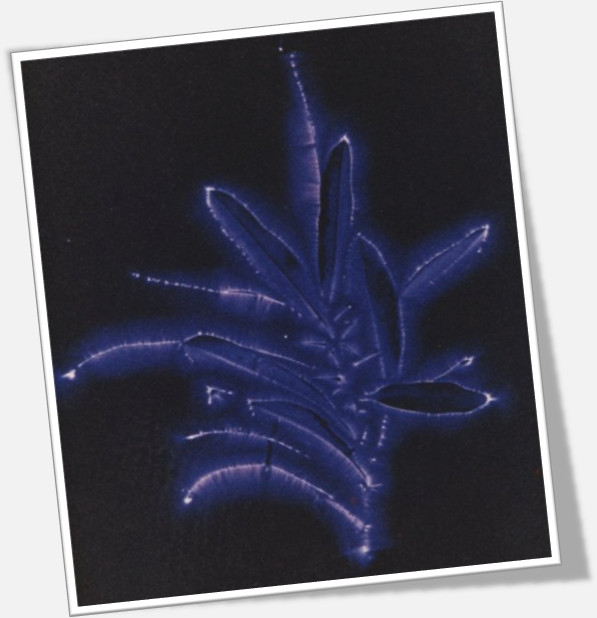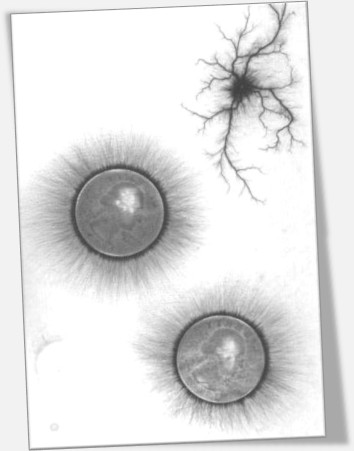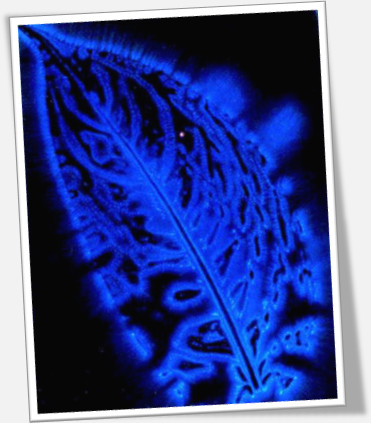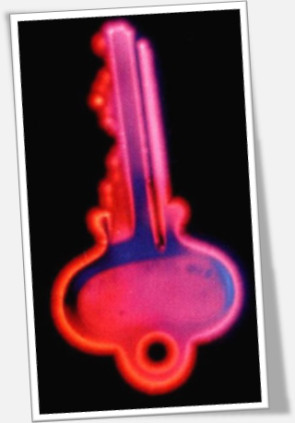Opmmur
Time Travel Professor
- Messages
- 5,049
Negative Spaces Around The Body Controlled By Our Mind
MessageToEagle.com - The brain’s perception of space can determine whether a part of a body which occupies that space is either healthy or “neglected”.
Lorimer Moseley, Chair in Physiotherapy and Professor of Clinical Neurosciences at the University of South Australia, describes recent outcomes of research into spatial perception of people with complex regional pain syndrome (CRPS) as “profound”.

CRPS is a disorder that can develop after a minor injury occurs to a limb and results in abnormal or severe pain developing out of proportion to the nature of the injury. Other problems also result, for example blood flow problems in which the painful arm or leg goes cold and blue, grows too much hair and stays swollen.
In a series of experiments using thermal imaging cameras, changes in the temperature of the hands of people with CRPS were recorded as they moved them across their body midline.
When only the affected hand was crossed over the midline, it became warmer and when only the healthy hand was crossed over the midline, it became cooler.
The temperature change of either hand was positively related to its distance from the body midline and crossing the affected hand over the body midline had small but significant effects on both spontaneous pain (which was reduced) and the sense of ownership over the hand (which was increased).
Professor Moseley said the results of this research indicated that CRPS involves more complex neurological dysfunction than has previously been considered.
“We conclude that impaired spatial perception modulated temperature of the limbs, tactile processing, spontaneous pain and the sense of ownership over the hands.
“This means that the problem that is occurring with the limb relates to the brain process that maps something into a space. It’s almost as though the brain has rejected the space which the limb inhabits.
"In strokes it’s called spatial neglect. This problem with space affects the way blood is sent to the body.
If you remove the hand or limb away from that side of space it warms up.
“When you put a healthy hand into the negative space it cools down; the map of space is influencing the rules by which blood flows. Our current finding is clear evidence of the autonomic nervous system being influenced by the brain’s map of space.
“The space itself has adopted the signature of the disorder. This is a profound discovery, it’s a clear physiological phenomena.
“This midline effect changes how much the patient feels the arm belongs to them and how much it hurts.”
MessageToEagle.com - The brain’s perception of space can determine whether a part of a body which occupies that space is either healthy or “neglected”.
Lorimer Moseley, Chair in Physiotherapy and Professor of Clinical Neurosciences at the University of South Australia, describes recent outcomes of research into spatial perception of people with complex regional pain syndrome (CRPS) as “profound”.

CRPS is a disorder that can develop after a minor injury occurs to a limb and results in abnormal or severe pain developing out of proportion to the nature of the injury. Other problems also result, for example blood flow problems in which the painful arm or leg goes cold and blue, grows too much hair and stays swollen.
In a series of experiments using thermal imaging cameras, changes in the temperature of the hands of people with CRPS were recorded as they moved them across their body midline.
When only the affected hand was crossed over the midline, it became warmer and when only the healthy hand was crossed over the midline, it became cooler.
The temperature change of either hand was positively related to its distance from the body midline and crossing the affected hand over the body midline had small but significant effects on both spontaneous pain (which was reduced) and the sense of ownership over the hand (which was increased).
Professor Moseley said the results of this research indicated that CRPS involves more complex neurological dysfunction than has previously been considered.
“We conclude that impaired spatial perception modulated temperature of the limbs, tactile processing, spontaneous pain and the sense of ownership over the hands.
“This means that the problem that is occurring with the limb relates to the brain process that maps something into a space. It’s almost as though the brain has rejected the space which the limb inhabits.
"In strokes it’s called spatial neglect. This problem with space affects the way blood is sent to the body.
If you remove the hand or limb away from that side of space it warms up.
“When you put a healthy hand into the negative space it cools down; the map of space is influencing the rules by which blood flows. Our current finding is clear evidence of the autonomic nervous system being influenced by the brain’s map of space.
“The space itself has adopted the signature of the disorder. This is a profound discovery, it’s a clear physiological phenomena.
“This midline effect changes how much the patient feels the arm belongs to them and how much it hurts.”

